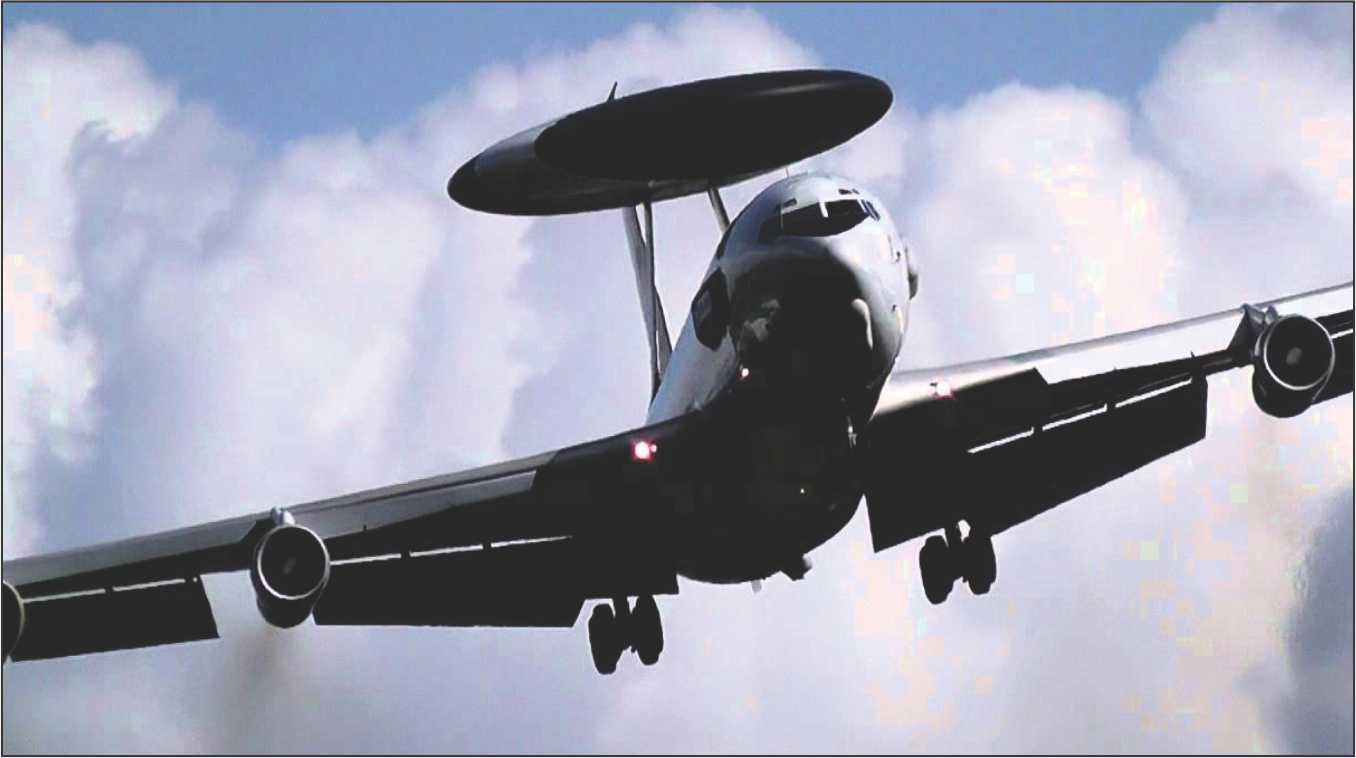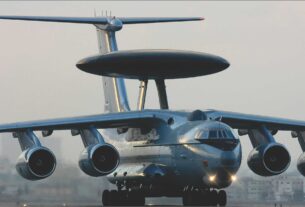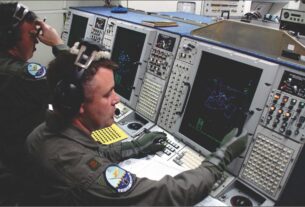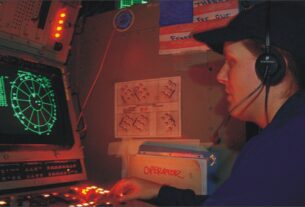Living In the neighborhood of nuclear weapon equipped supersonic fighters and cruise and ballistic missiles, India’s armed forces needs super agile electronic eyes in the sky with 24X7 seven monitoring capability.
India has got long coastline of more than 7,000 kms, more than 14,000 kms of land border and two major island groups for which Indian Air Force has got only three Early Warning Systems. India signed a deal for three AWACS in 2004, which is now operational with Indian Air Force. Later India signed another deal with Brazil in 2009 for three mini-AWACS called AEW &C based on Embraer EMB-145 aircrafts. These aircrafts are now in India undergoing last phase of trials and likely to be inducted in the IAF very soon.
Besides these Indian MoD has approved six Indian made AWACS based on the Airbus- 330. Last March, the Defence Acquisition Council sanctioned Euro 750 million for acquiring two Airbus-330 as a platform for Indian AWACS development program undertaken by the Centre for Airborne Studies of the DRDO.
In early last decade, when three AWACS were being ordered, Indian defence planners fixed a goal of acquiring around 15 aerial surveillance and command aircraft, with varying levels of endurance and capability by the end of this decade. But the Air Force has only acquired three AWACS till date. For the Indian AWACS, the US Boeing-767 was also in contention initially but later the Airbus emerged as the lone bidder.
Limited capability
In real terms Indian electronic surveillance capability is at present limited to the three AWACS, based on IL-76 platform with Israeli A-50-EI Phalcon radars. There are reports that Indian MoD is also seriously considering acquiring two more AWACS with similar Russian and Israeli configuration, but there is always a few years gap between decision making and actual induction. Thus in comparison to India’s neighbors Pakistan and China, Indian Armed Forces lag far behind. Pakistan has at present four Swedish SAAB Early Warning Aircrafts and is also in the process of acquiring four more from China called the Karakoram Eagle ZDK-03 AWACS. China has twenty such Early Warning aircrafts.
Airborne radar systems are an urgent requirement in today’s age of nuclear tipped ballistic missiles, because they detect incoming hostile fighters, cruise missiles and drones much before ground based radars can warn. But Indian Armed Forces seem to be way behind principal rivals.
The Indian DRDO promised Indigenously developed AWACS on the AVRO-748 plane but abandoned the program after the plane crashed along with eight onboard engineers and scientists. However, the Indian airborne radar scientists now seem to have acquired new confidence from the Brazilian Embraer based AEW&C program, which is running years behind schedule. The AEW&C aircraft will have an AESA (Active Electronically Scanned Array ) radar with IFF facility. The Embraer Aerial platform will also have Electronic Support Measures (ESM) and Communication Support Measures (CSM) facility. Datalinks to network the Embraer based radar with fighter planes and ground based control systems has also been placed, along with the most essential Satellite Communication System. The AEW&C will also have a comprehensive self defence suite. The avionics suite will be connected to data handling system, which will be controlled by the mission computers. Defence officials say that after the successful trials and good operational experience by the IAF the MoD may order ten more Embraer jets for developing similar model AEW&C.
The Defence Acquisition Council of the Indian MoD has sanctioned two Airbus -330s but the MoD is yet to place order to the European conglomerate. Considering the complex decision making and implementation procedures in India, it is difficult to say if these two Airbus based AWACS can be inducted before 2020.
Airborne surveillance
In March, 2013 the then Indian defence minister A K Antony had told Indian Parliament, “AWACS are meant as force multipliers for specific area cover and not for surveillance of the entire space of our country. All three AWACS are part of Network Centric Operations and are able to provide adequate coverage of specified areas. To leverage the experience and expertise gained in the design and development of Airborne Early Warning & Control Systems, a project proposal for indigenous development of AWACS (India) by DRDO has been approved by the Cabinet Committee on Security (CCS) on 12th February, 2013. The development of AWACS (India) is envisaged to be completed in 84 months from the date of formal sanction of the Program.”
In the IAF perspective plan the MoD is reported to have approved the acquisition of 15 such electronic airborne systems. But the pace with which the mandarins in the MoD are moving, it seems improbable that the IAF will be having so many airborne radar systems in its inventory. To compensate the huge gap in the demand and supply the IAF has been sanctioned to deploy Aerostats, called the poorman’s airborne radar. But these fixed aerostats can become easy targets to the enemy missiles. Hence the Indian Air Force needs a mix of these fixed and flying airborne radars.
For the Airbus-330 aircraft, the Indian CABS has developed the 10 meter diameter antennae rotodome. The model of the Airbus fitted with this dome was displayed by the DRDO in the Aero India-2015 defence exhibition in Bangalore which gave enough indication that Indian MoD will go for the Airbus-330 aircraft as a platform for its future indigenous AWACS program.
Though initially only two aircrafts have been ordered, the plan is for acquiring six AWACS and later this figure will go up to ten. This will take the Indian AWACS development program to the world class. The Airbus-330 is much more versatile and capable aircraft than the IL-76. Like the Embraer jet, the Airbus-330 will also mount the 360 degree coverage AESA radars on the top fuselage of the aircraft.
According to the DRDO officials, the radar under development will have both physical rotation and electronic rotation of the radar waves. The static radars scan electronically and thus have some limitations of a blind area as it is fitted on the fuselage of the aircraft. However, with a rotation dish or antenna it can cover 360 degrees.
However there are some sceptics who have raised the concerns of the integration of the radar with the aircraft, as it is principally a civilian airliner. They point out that the Embraer, basically a civilian aircraft, chosen for the Indian AEW&C is also taking longer than required time for delivery to the IAF. The Airbus-330 will also encounter same issues of integration and hence delayed delivery.





